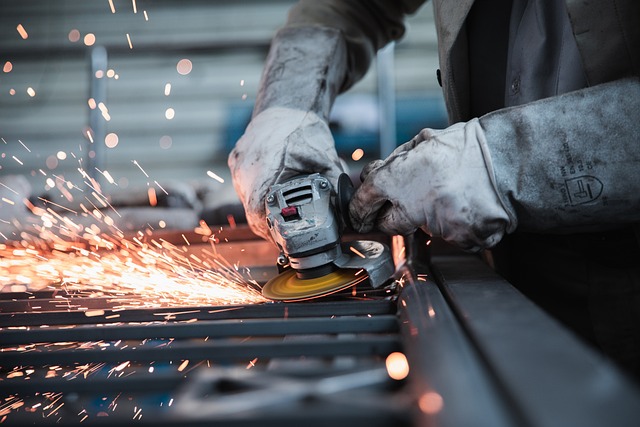In today’s rapidly evolving industrial landscape, sustainable manufacturing has emerged as a critical paradigm. This approach not only addresses environmental concerns but also aligns with economic and social responsibilities, promising a holistic advancement for the manufacturing sector. As industries grapple with climate change, resource depletion, and societal expectations, sustainable manufacturing offers a path forward that balances economic growth with ecological and social stewardship.
Defining Sustainable Manufacturing
Sustainable manufacturing involves creating products through processes that are economically viable, environmentally sound, and socially responsible. It encompasses various strategies and practices designed to reduce negative environmental impacts, conserve natural resources, and ensure the safety and well-being of workers and communities. Here are the core aspects that define sustainable manufacturing:
-
Resource Efficiency: Sustainable manufacturing prioritizes the efficient use of resources. This means optimizing the consumption of raw materials, water, and energy. Recycling materials and harnessing renewable energy sources are pivotal strategies. For instance, using solar or wind power can significantly reduce the carbon footprint of manufacturing operations.
-
Waste Reduction: A key goal of sustainable manufacturing is minimizing waste. This involves not only reducing the amount of waste generated but also rethinking product design to enhance durability, reusability, and recyclability. By creating products that last longer and can be easily disassembled and repurposed, manufacturers can significantly cut down on waste.
-
Environmental Impact: Sustainable manufacturing aims to mitigate the environmental impacts of industrial processes. This includes reducing emissions of pollutants and greenhouse gases, managing hazardous substances responsibly, and minimizing the overall ecological footprint. Technologies such as carbon capture, waste-to-energy, and zero-emission manufacturing processes are instrumental in this endeavor.
-
Life Cycle Thinking: This approach considers the entire life cycle of a product, from raw material extraction to end-of-life disposal or recycling. Life cycle thinking encourages manufacturers to design products that are not only efficient to produce but also easy to recycle or repurpose. It promotes a circular economy where materials are kept in use for as long as possible.
-
Innovation and Technology: Advanced technologies play a crucial role in sustainable manufacturing. Automation, digitalization, and smart manufacturing systems enhance efficiency and reduce environmental impacts. For example, predictive maintenance can prevent equipment failures, reducing downtime and waste.
-
Social Responsibility: Beyond environmental considerations, sustainable manufacturing also emphasizes social responsibility. This includes ensuring fair labor practices, providing safe working conditions, and contributing positively to the communities where manufacturing occurs. Ethical sourcing of materials and maintaining transparency in operations are essential components.
-
Economic Viability: For sustainable manufacturing to be truly effective, it must be economically viable. This means that sustainable practices should not compromise profitability. Instead, they should enhance competitiveness by reducing costs, improving efficiency, and meeting consumer demand for sustainable products.
-
Regulatory Compliance and Beyond: Adhering to environmental regulations is a fundamental aspect of sustainable manufacturing. However, leading companies often go beyond mere compliance, setting higher benchmarks for sustainability. This proactive approach not only ensures regulatory adherence but also positions companies as leaders in sustainability.
The Benefits of Sustainable Manufacturing
Implementing sustainable manufacturing practices offers numerous benefits:
- Cost Savings: Efficient resource use and waste reduction can lead to significant cost savings.
- Brand Reputation: Companies known for their sustainable practices can enhance their brand reputation, attracting environmentally conscious consumers.
- Regulatory Advantages: Staying ahead of regulatory requirements can prevent costly compliance issues and potential fines.
- Employee Satisfaction: Safe and fair working conditions can improve employee morale and productivity.
- Environmental Stewardship: Reducing environmental impact helps protect ecosystems and biodiversity, contributing to global sustainability goals.
Conclusion
Sustainable manufacturing represents the future of industry, offering a balanced approach that meets current manufacturing needs without compromising the ability of future generations to meet theirs. By prioritizing resource efficiency, waste reduction, environmental impact, life cycle thinking, innovation, social responsibility, economic viability, and regulatory compliance, manufacturers can achieve a sustainable and prosperous future. As we move forward, embracing sustainable manufacturing practices will be crucial in building a resilient and thriving industrial sector that benefits both people and the planet.
